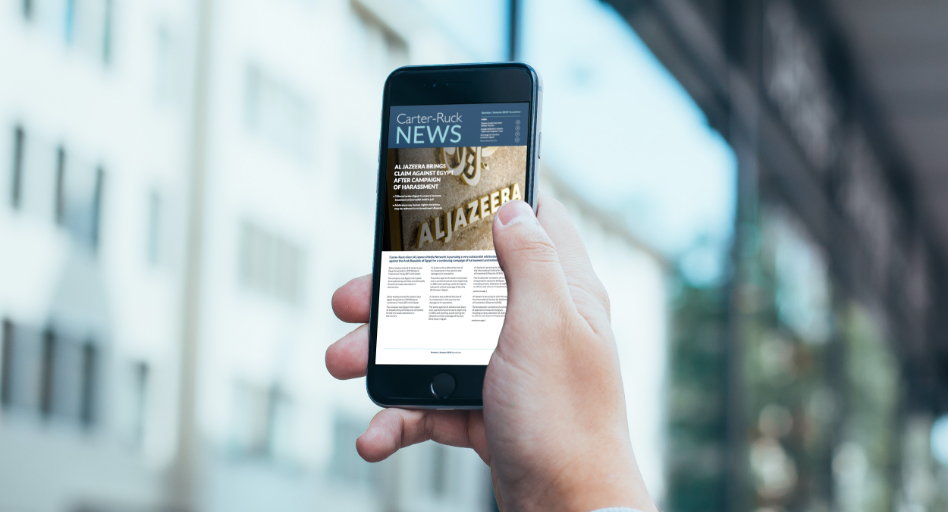
Is Fake News really a thing?
It is a thing. It’s in the public mind, more than it used to be, because of social media. People can create it themselves and spread it themselves, across multiple platforms.
But it’s not just anonymous people acting through new media. For example, Jacob Rees Mogg recently got a lot of support for re-tweeting a highly questionable infographic in The Sun newspaper about how everything will be cheaper if Britain withdraws from the Customs Union. There are lots of examples of people disseminating dodgy content on social channels to influence opinion.
Public trust
In the public vocabulary, the phrase Fake News is often just an excuse to disbelieve what you’ve read. It includes patent falsehoods as well as inconvenient truths. But we need to get this in perspective. Yes, there have been falling levels of public trust in news media in recent years — but then again there have been falling levels of public trust in everything.
If we look at IPSOS Mori’s recent poll we can see that public trust in the professions is lower than ever. But the significance of this can be hugely overstated. In the PR industry, there are many who evince a rather pathetic desire to be loved when what we need most is actually to be respected.
The risk to clients
Over the 10 years I’ve been running the PRCA everything has got faster. The news cycle is faster, companies collapse faster, the intensity of scrutiny is much greater and rising all the time. Unless you combat Fake News fast it can have a rapid effect on an organisation’s existence. It doesn’t only apply to deliberate falsehoods either: if we look at how Snap lost £900 million in value after one tweet from Kylie Jenner — a tweet which was just an expression of one person’s subjective opinion — we can see where the vulnerabilities lie.
The impact on PR today
This means move more quickly. The PR industry is configured better than most to do that. We were already set up to react fast because we shape and respond to the fast pace of the news agenda. We understand frenetic newsroom cultures. And we get social media better than others.
Just a few years back, some may have got away with selling bad social media work because clients didn’t get it, but that’s changed and the industry has kept one step ahead and has changed to meet growing demand.
If you look at the World PR Report produced by the ICCO — the global voice of public relations consultancies, of which I’m also Chief Executive — you’ll see that what’s driving the growth of PR is three things.
One is the diversification of agencies’ offerings to meet the changing environment. Two is that clients are investing more in reputation management, as CEOs recognise that reputation’s impact on the bottom line and their own remuneration is greater than ever. Three is the growth of social and digital work. Social media, multimedia content creation and digital build and production are the fastest growth areas for PR firms.
The future of PR
A considerable part of the disinformation we’re seeing is automated. But I don’t really see PR itself automating that much. Sure there will be automated tracking and monitoring, but our industry is primarily rooted in personal relationships, insight and creativity. These are the hardest things to mechanise. I can imagine a future in which a robot can write a bad press release. I can’t imagine a robot angling it, making it sing, or selling it in.
If you had one message what would it be?
Fake News can destroy your company so react quickly when you have to.


